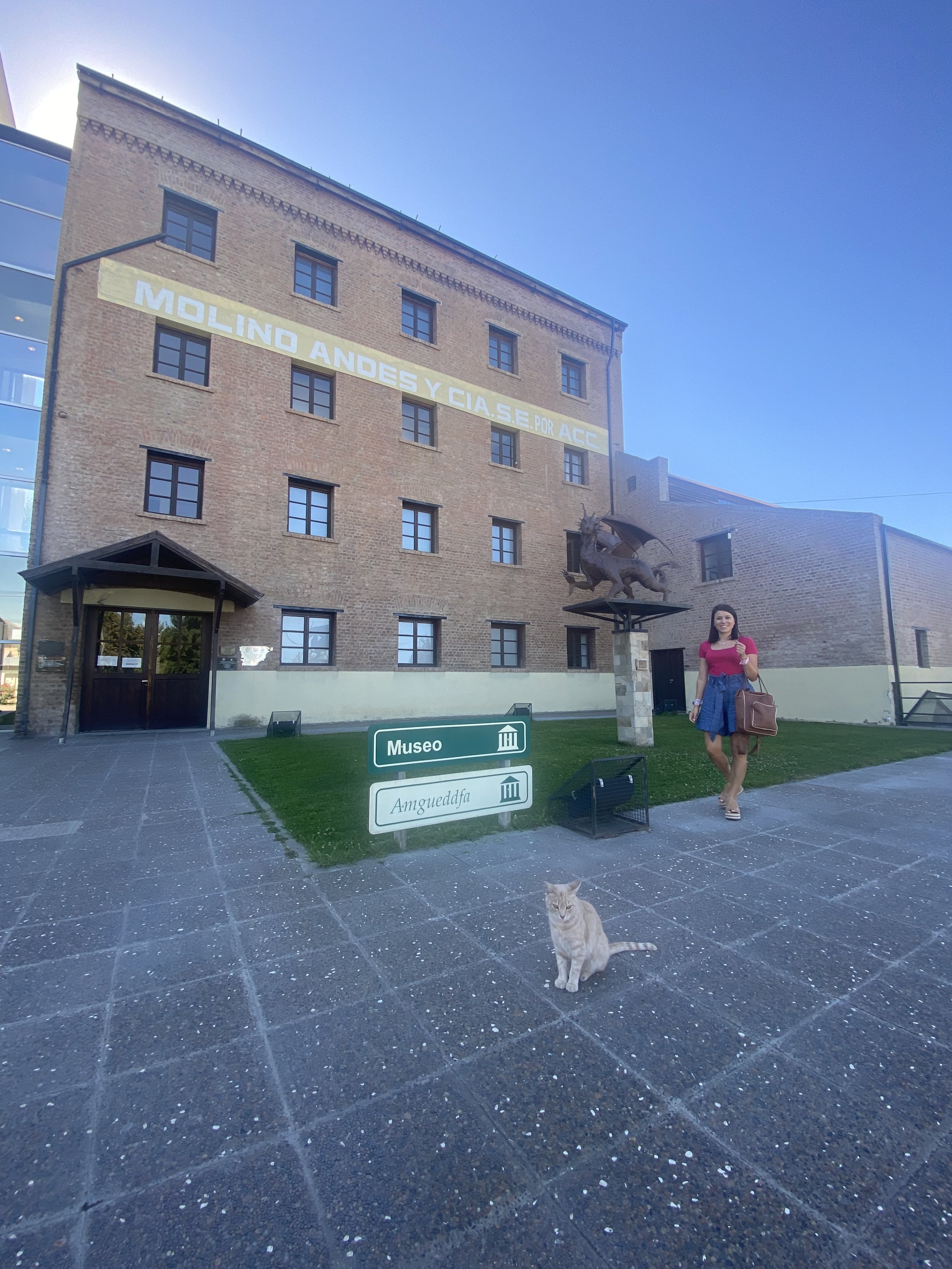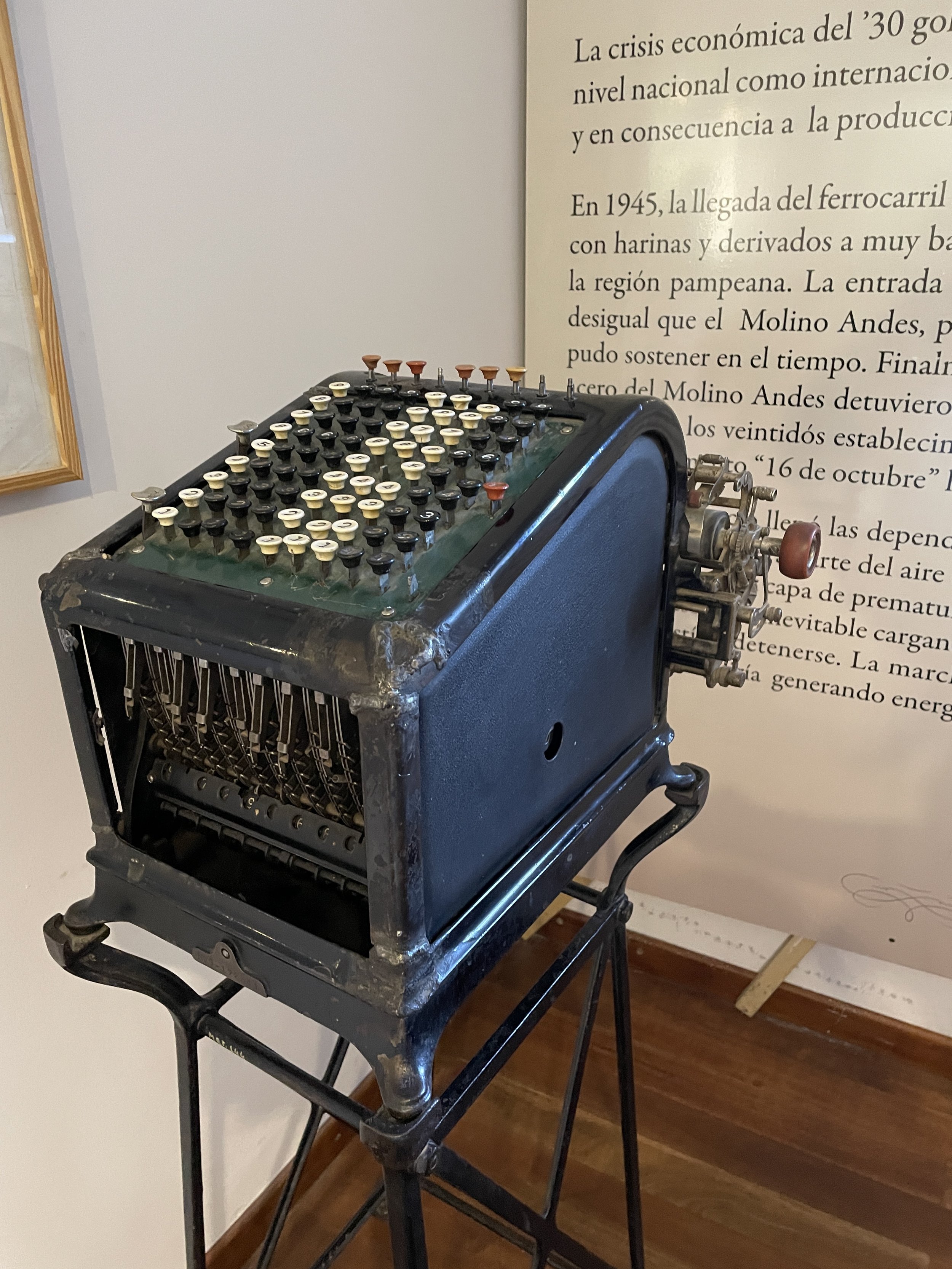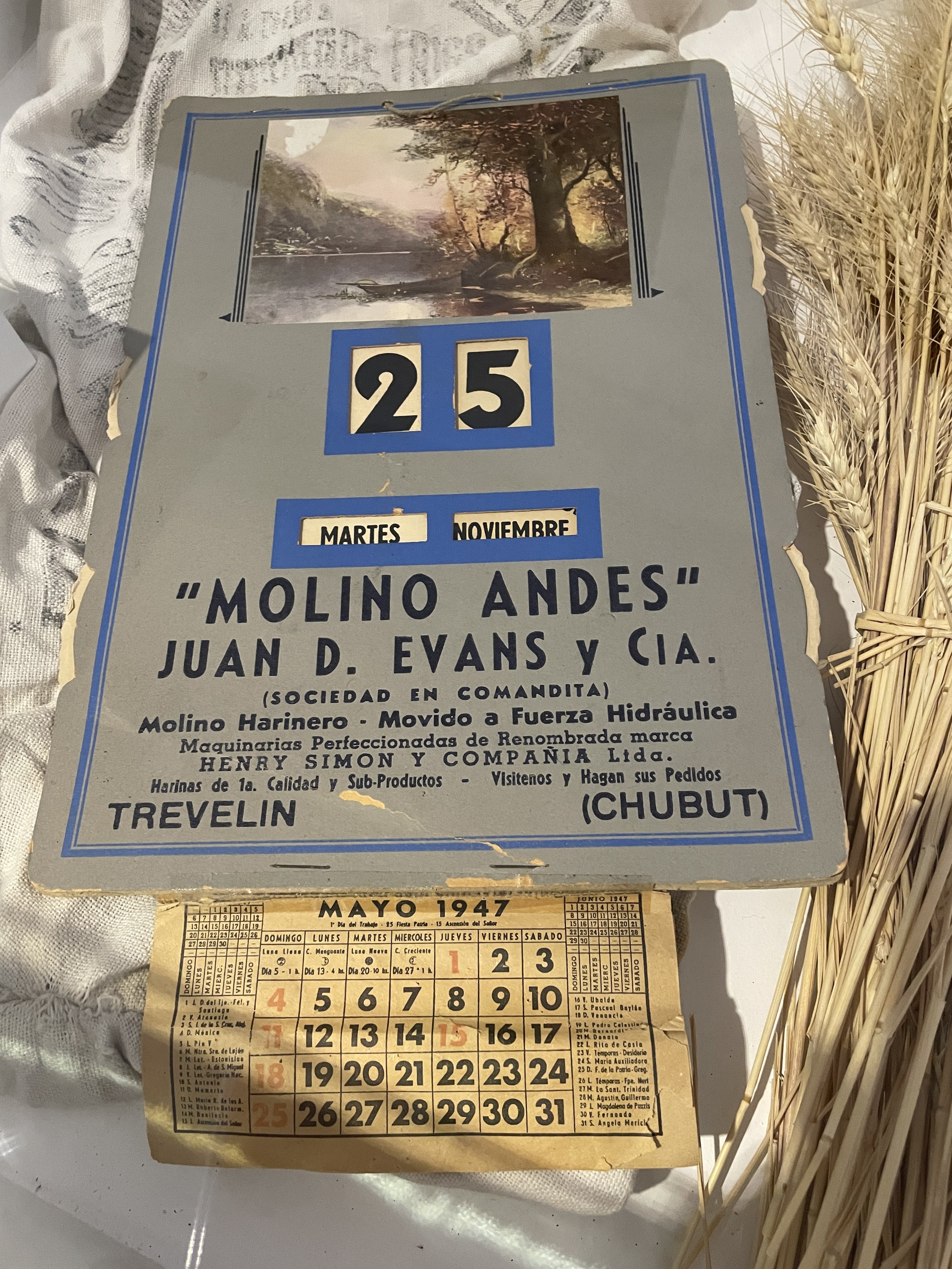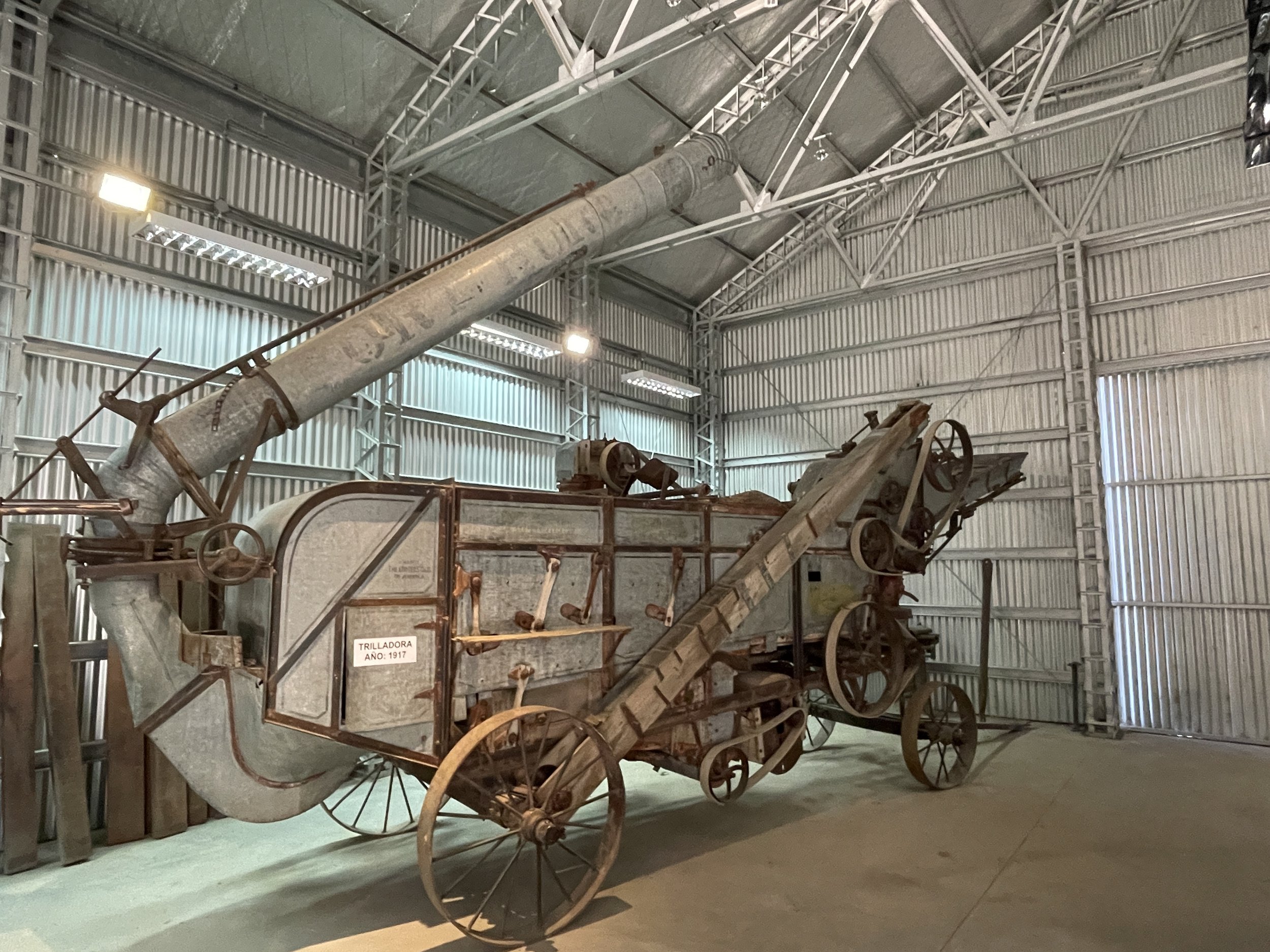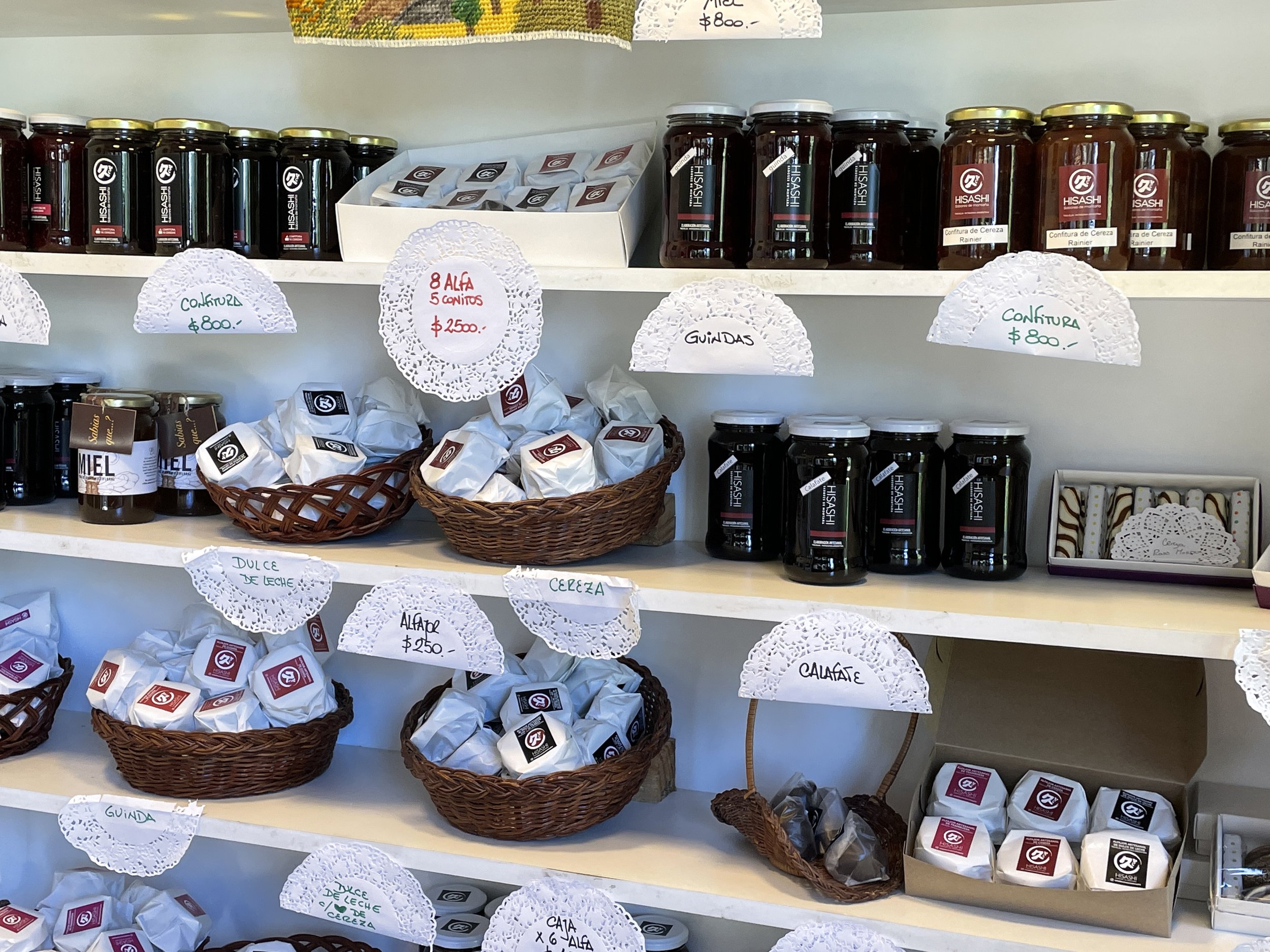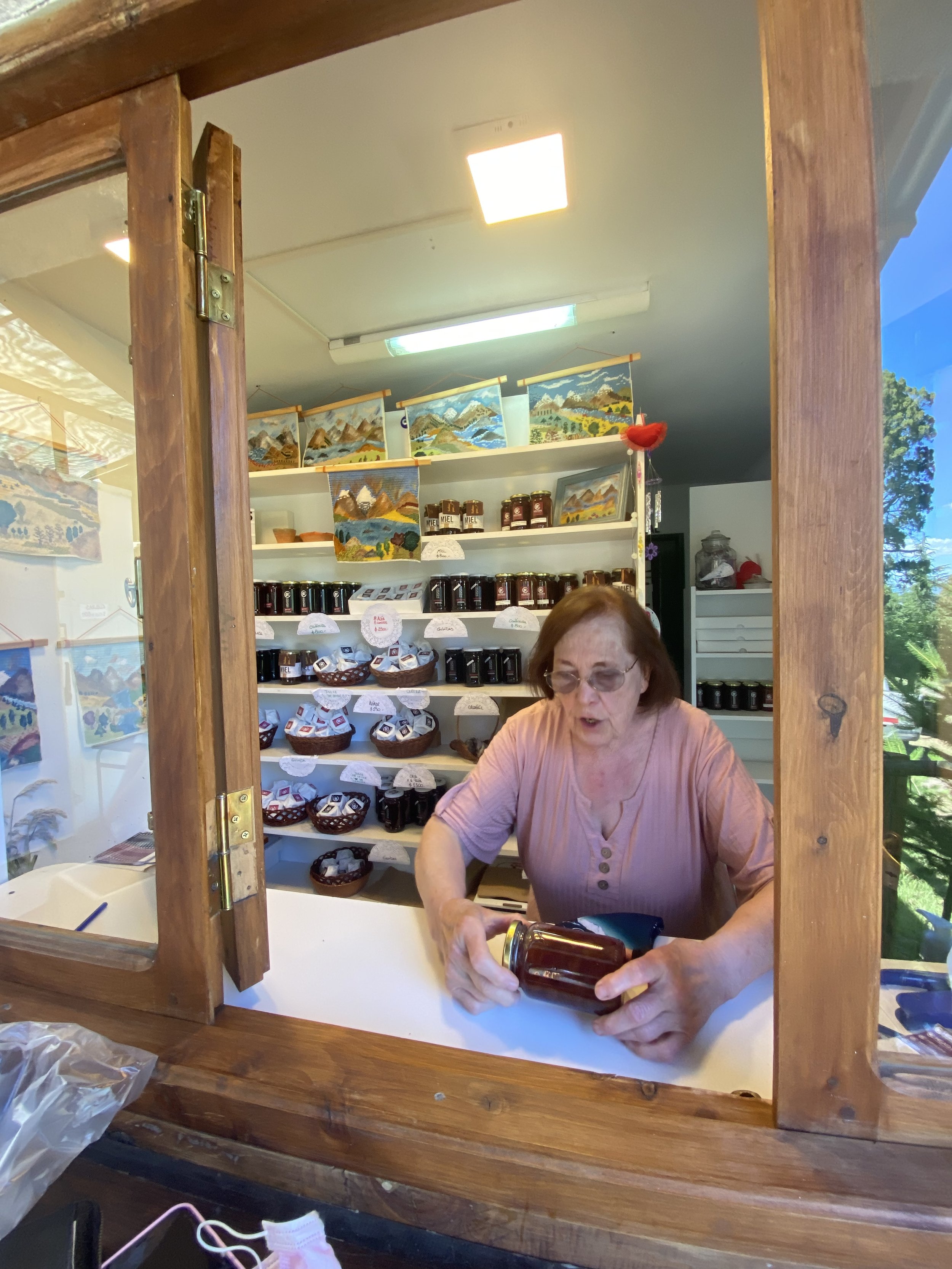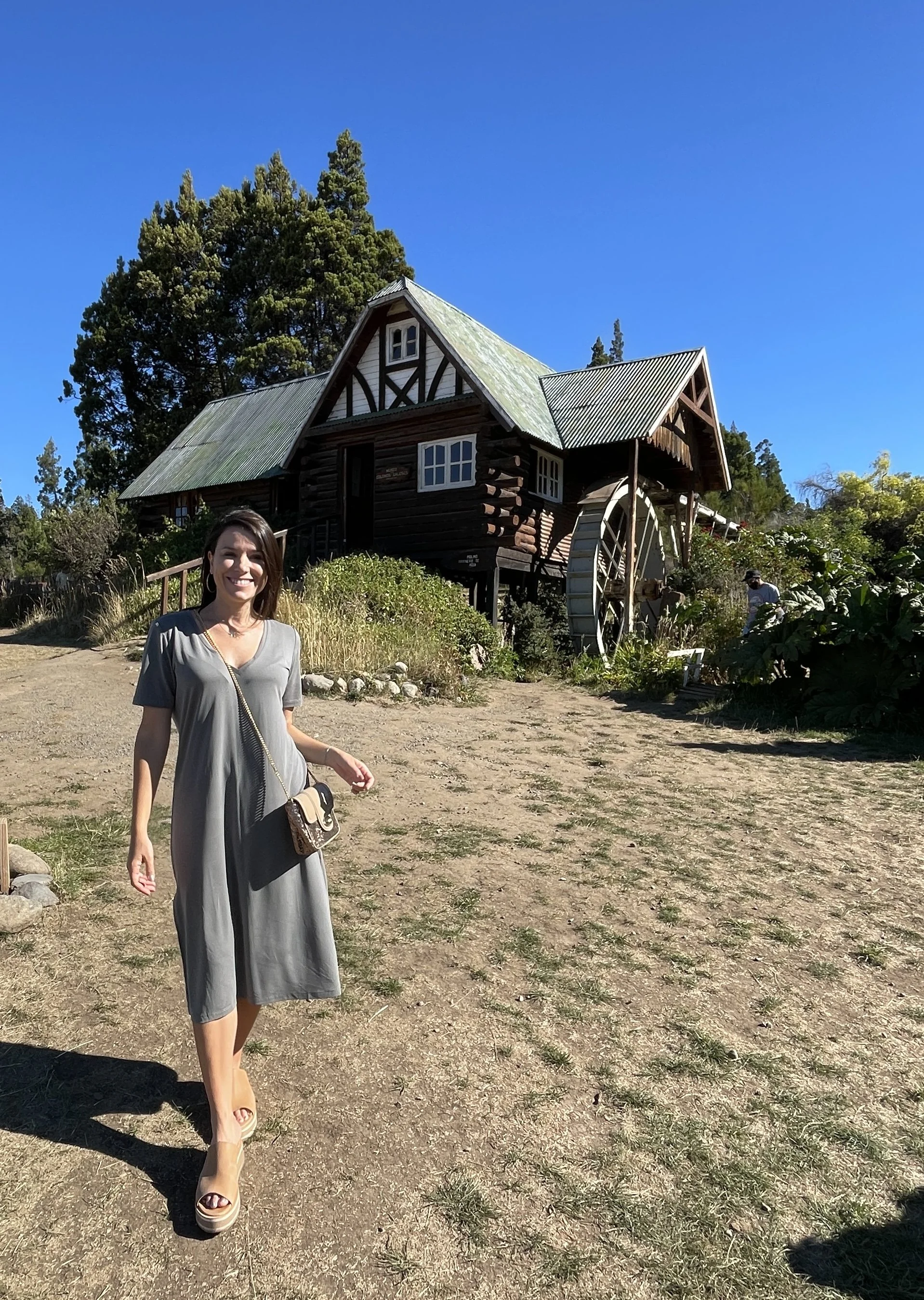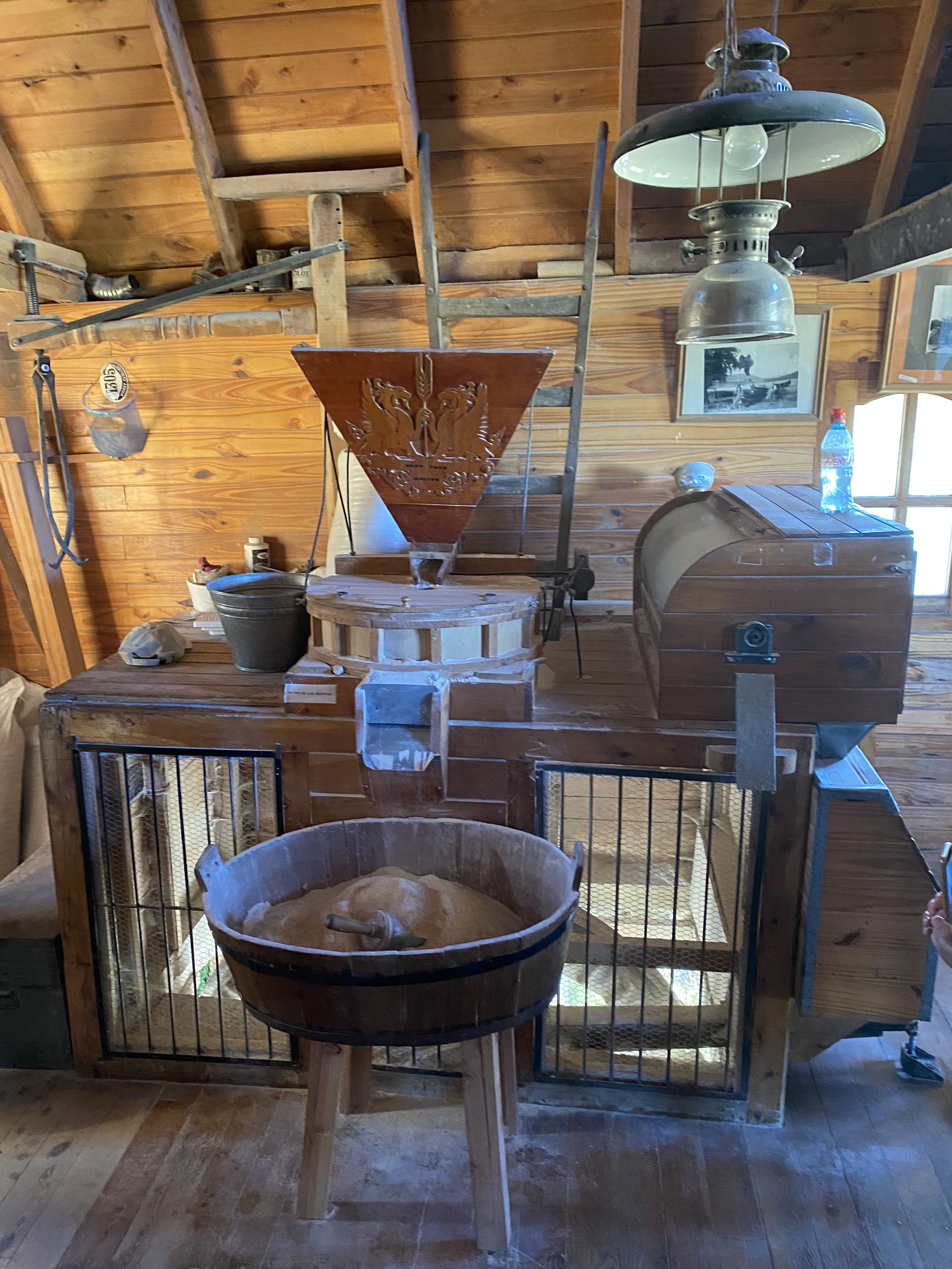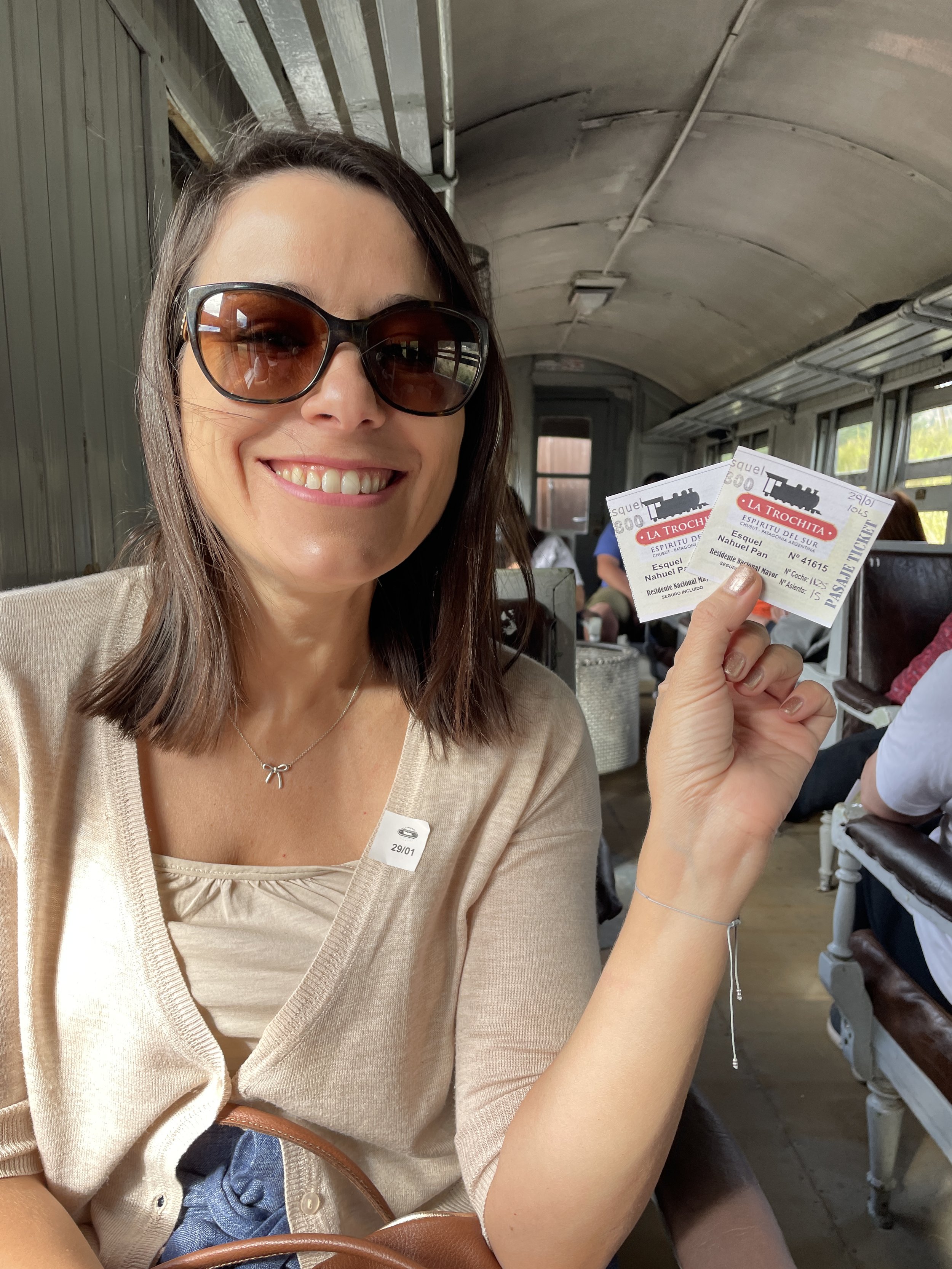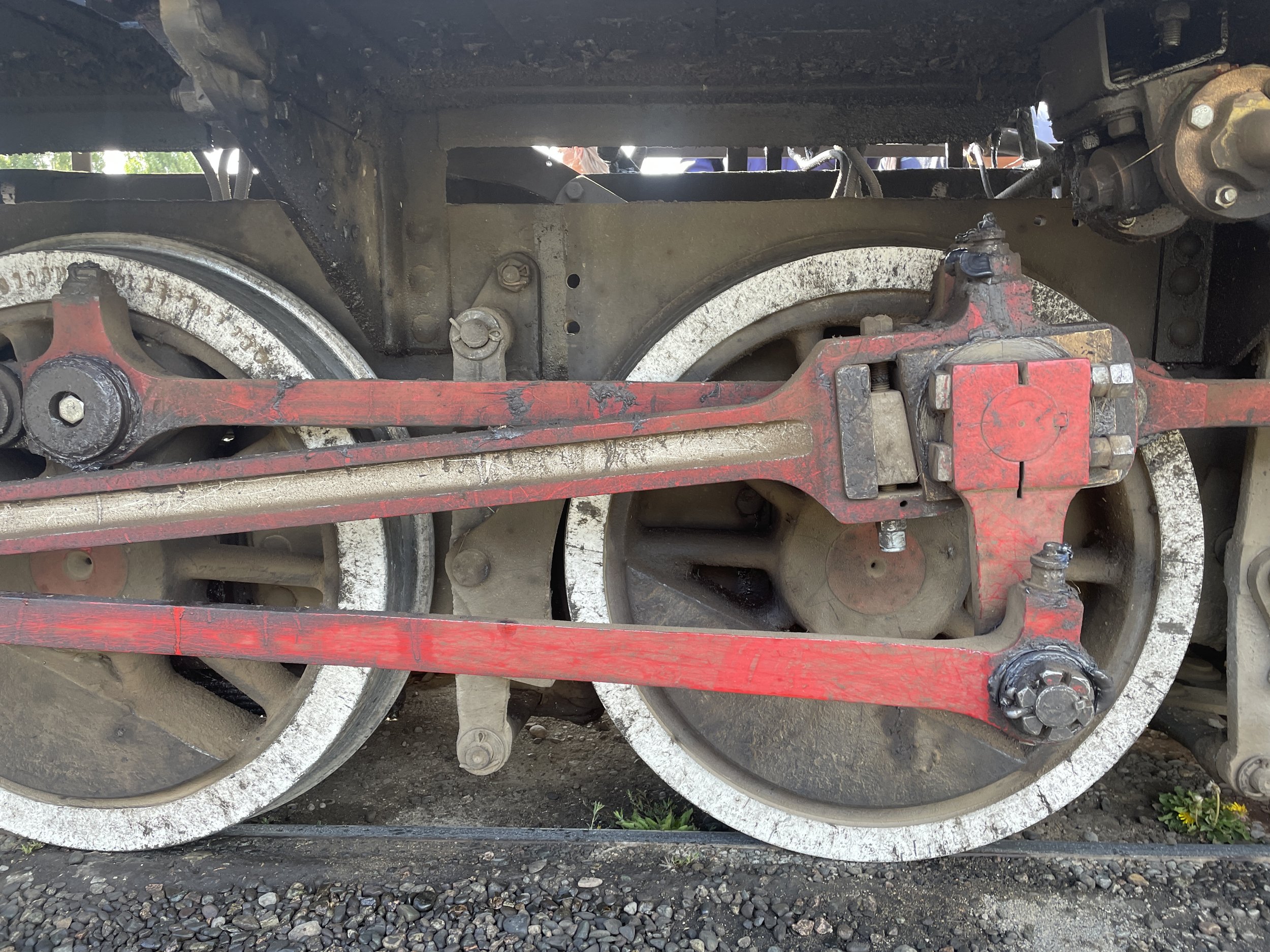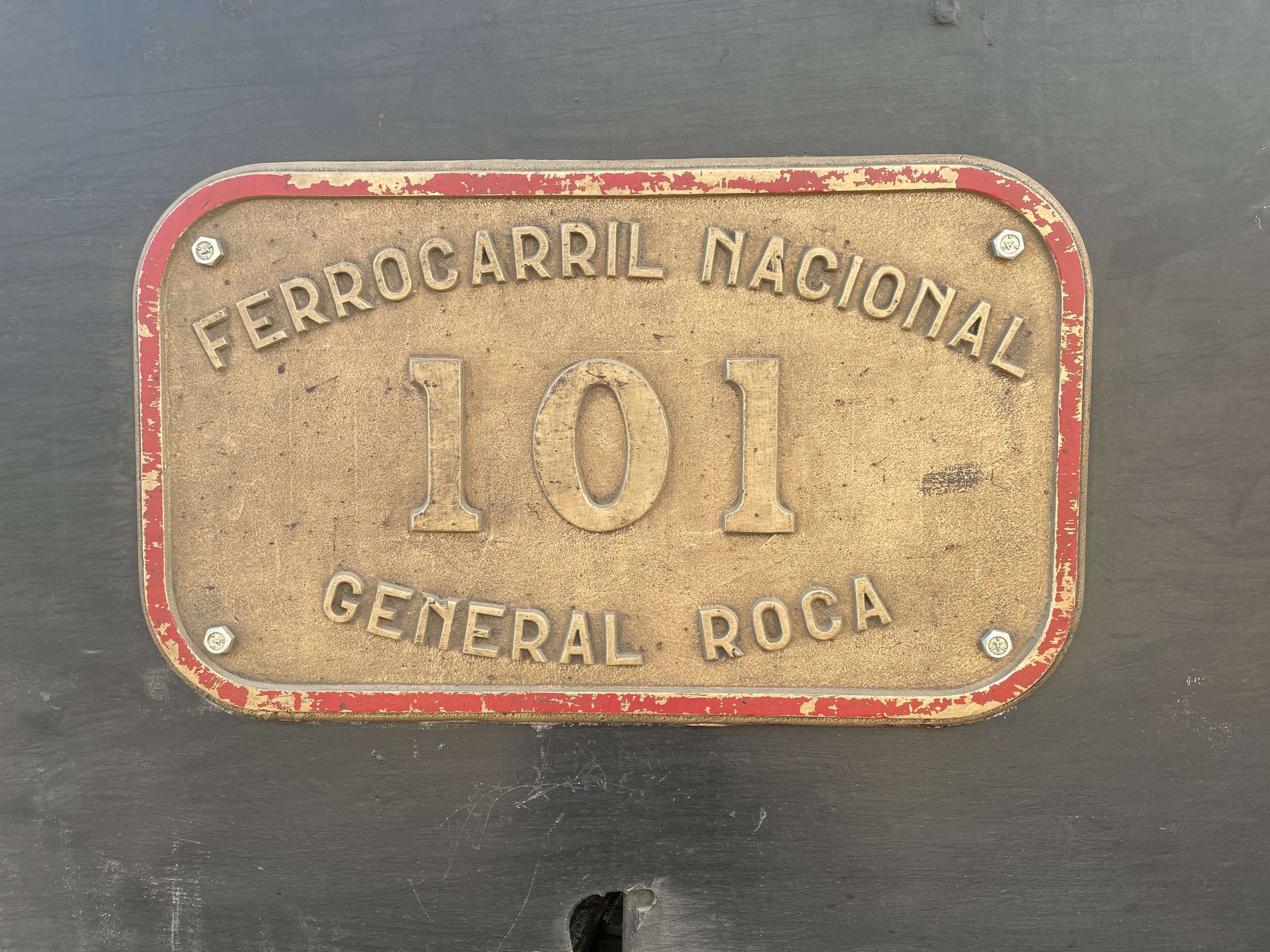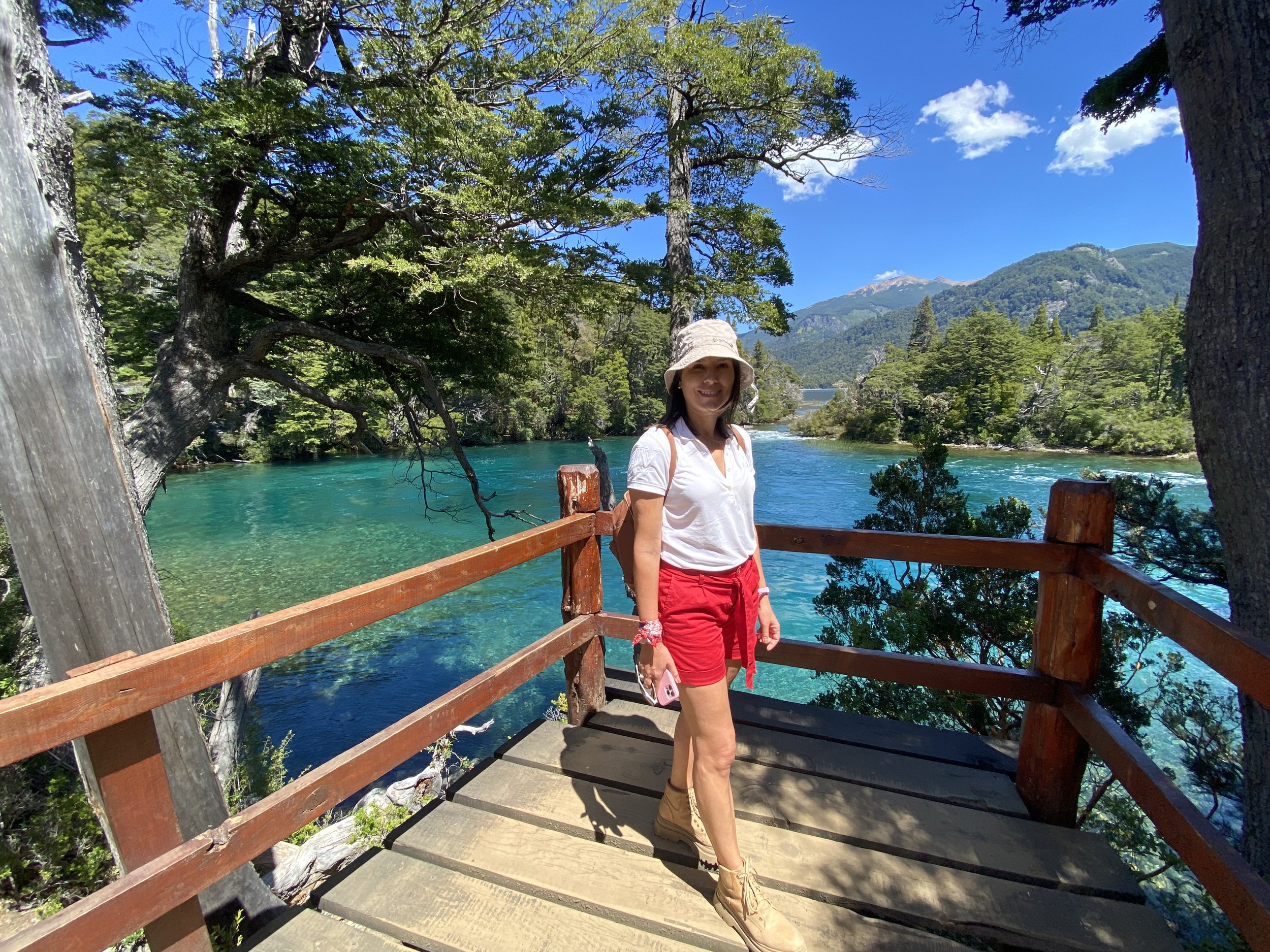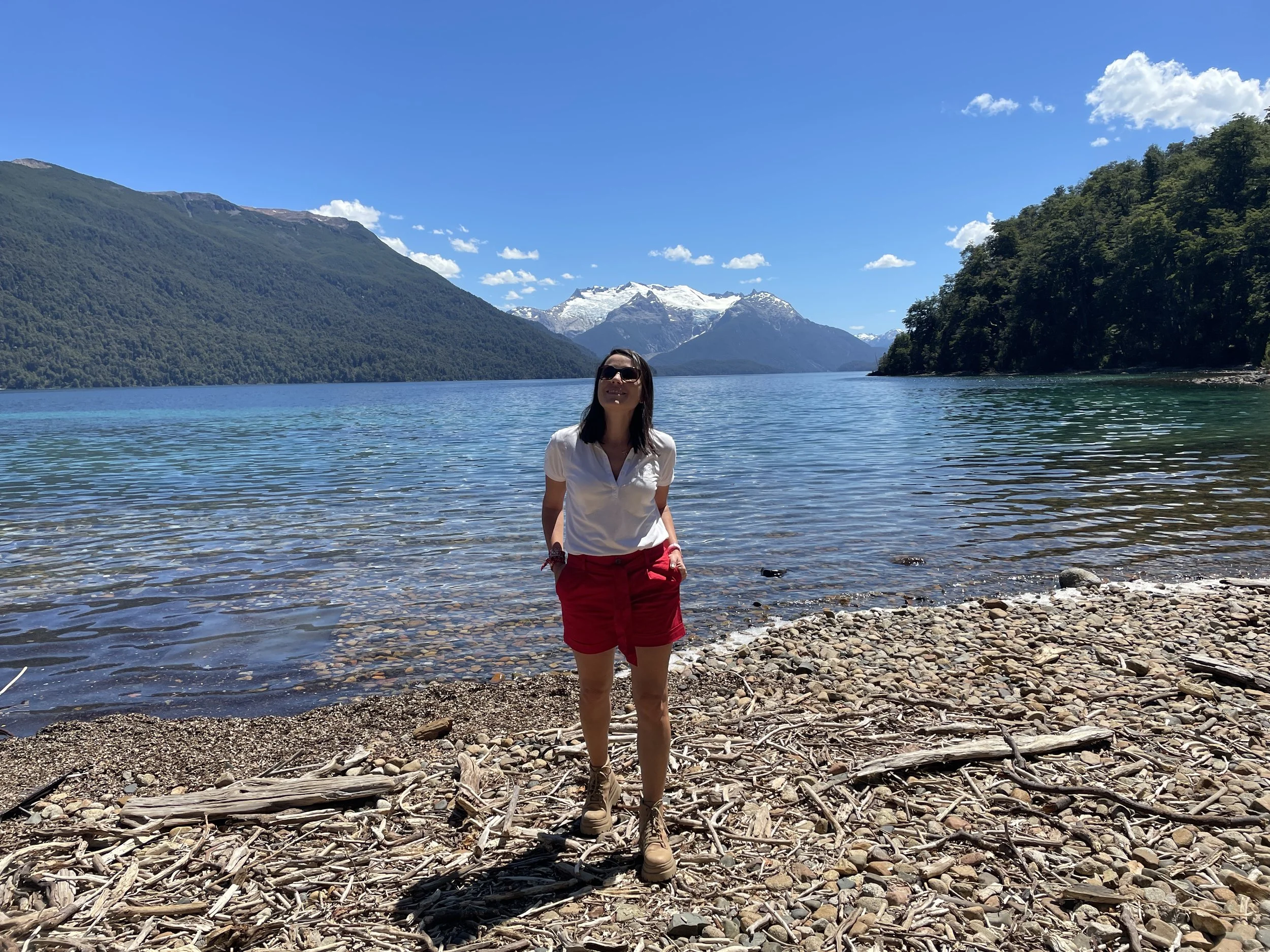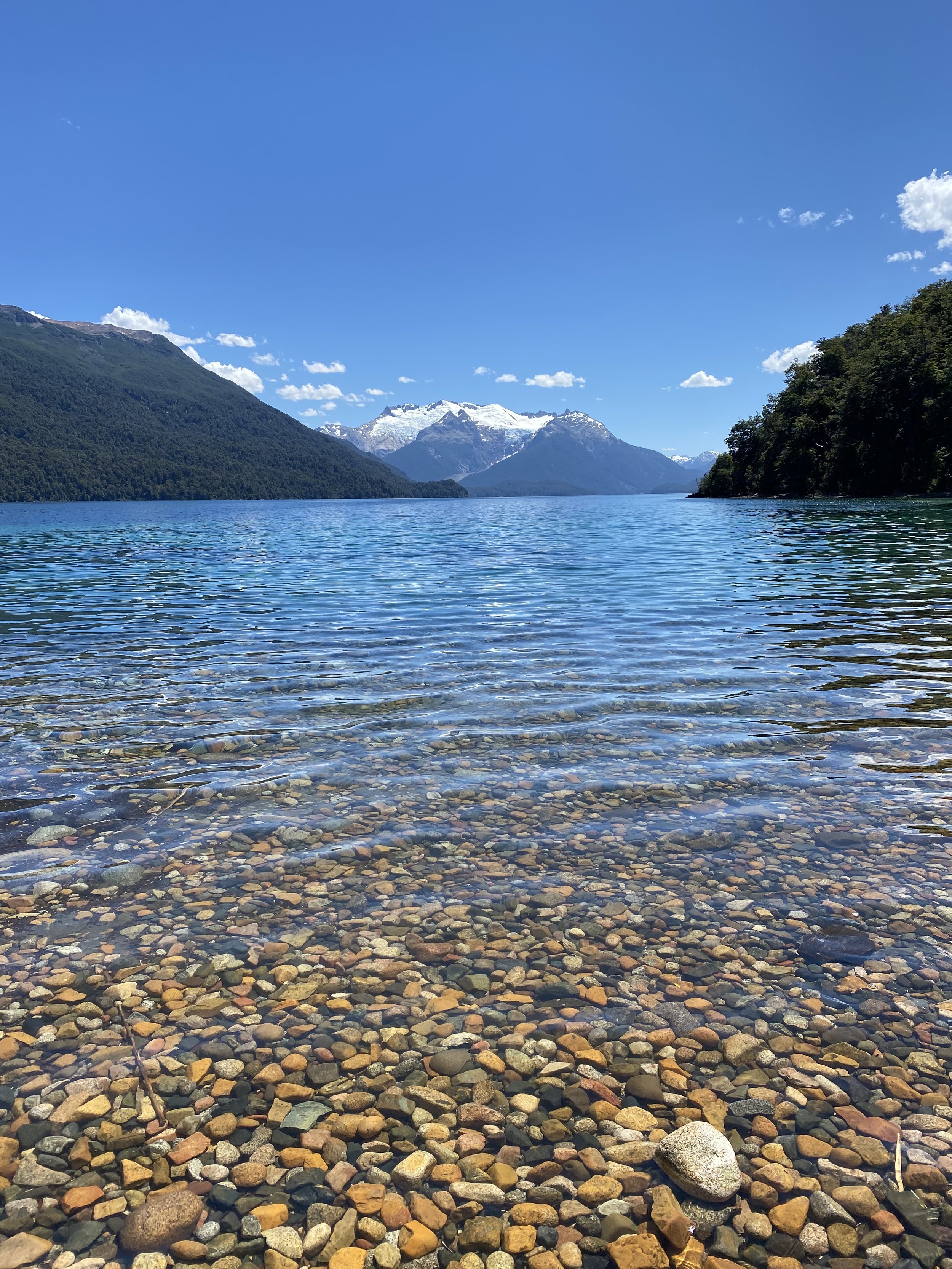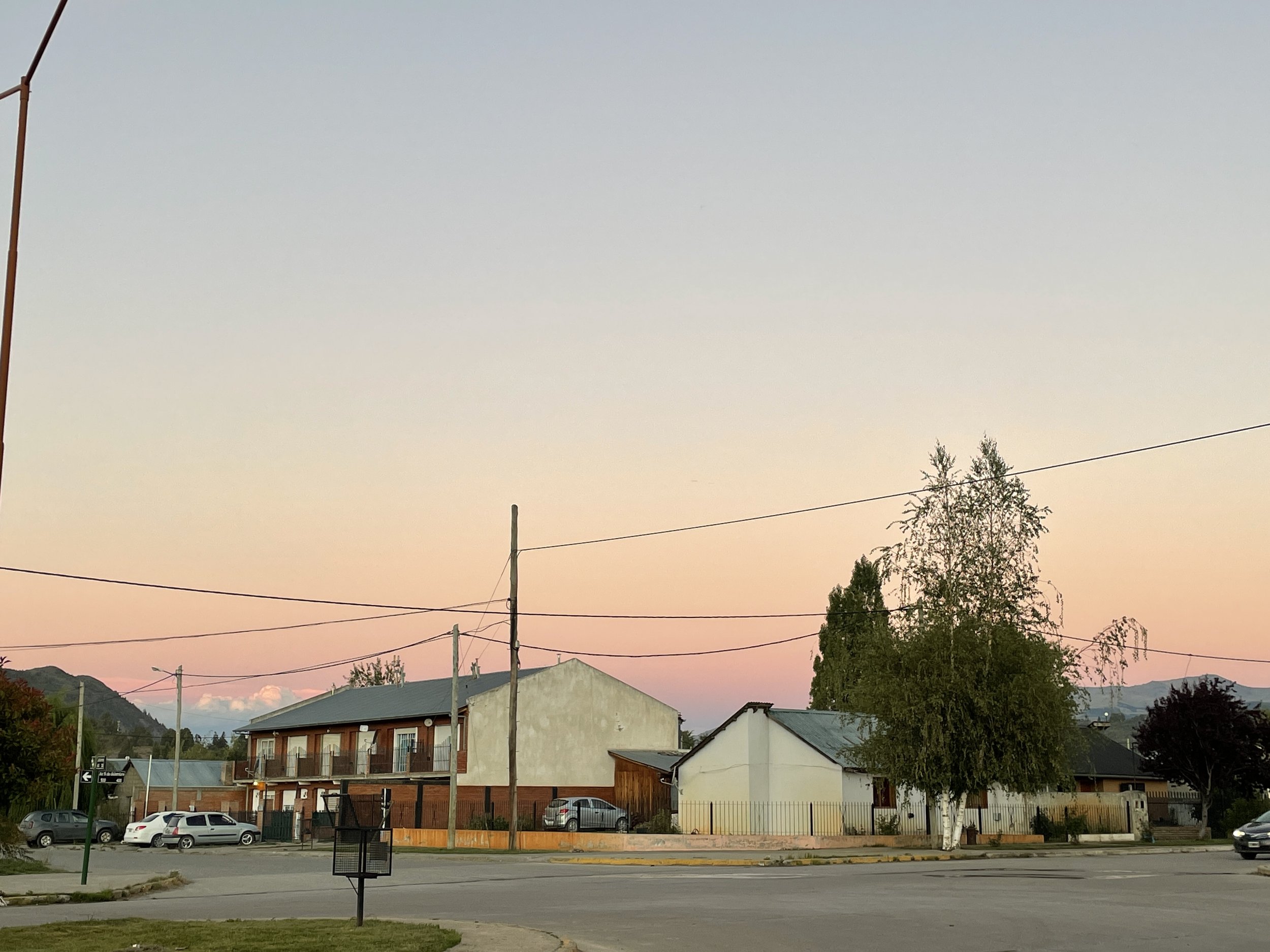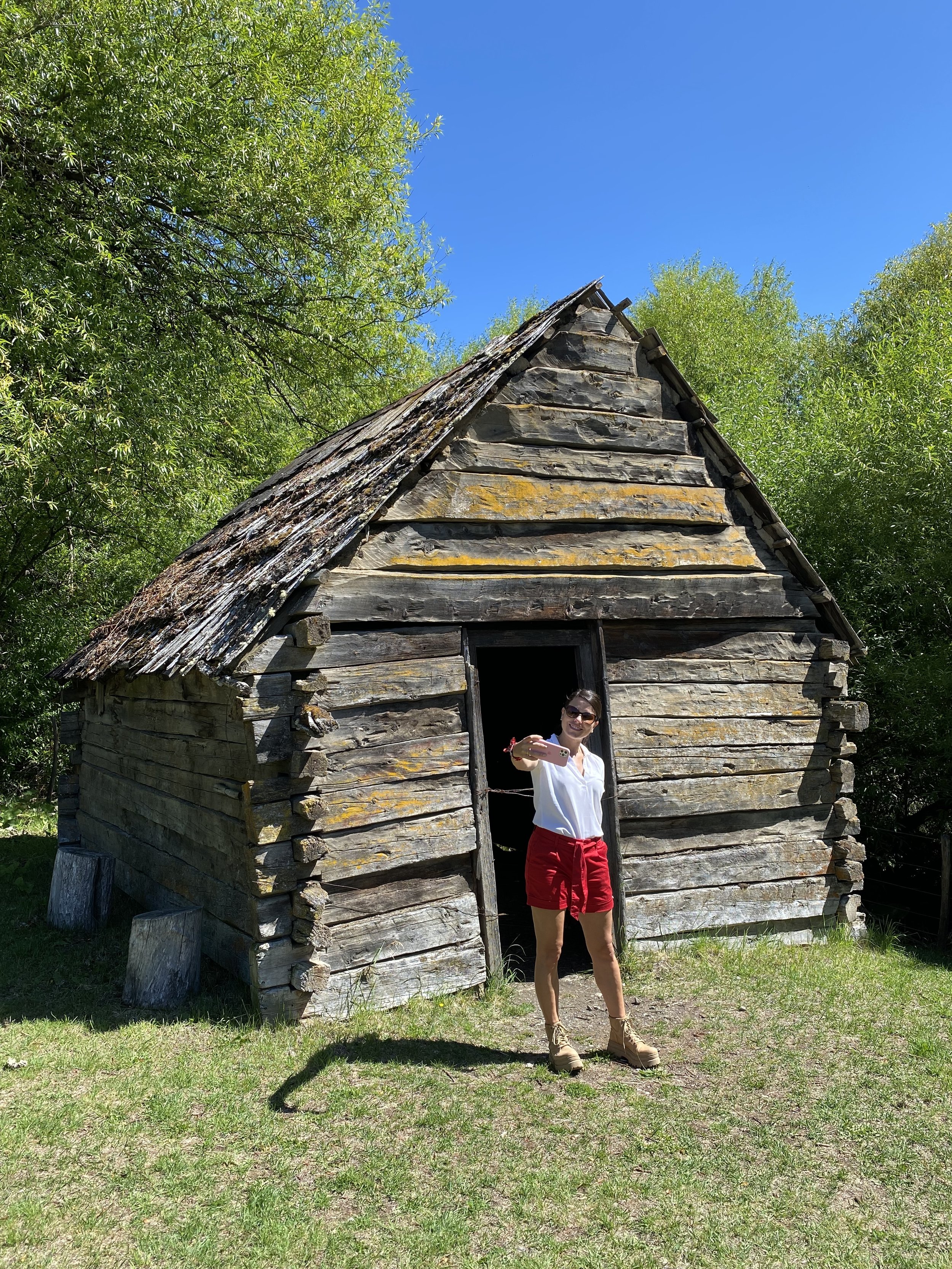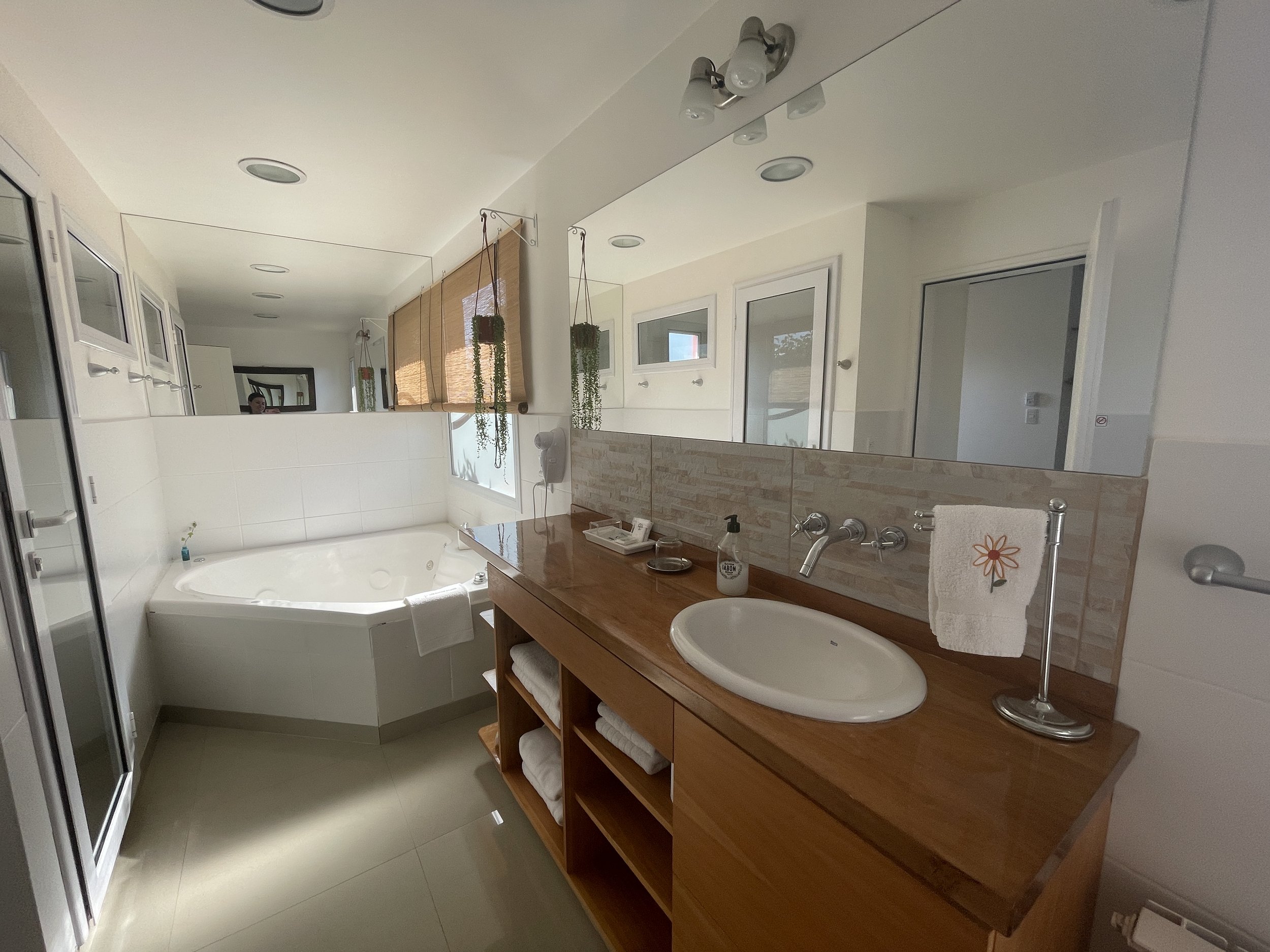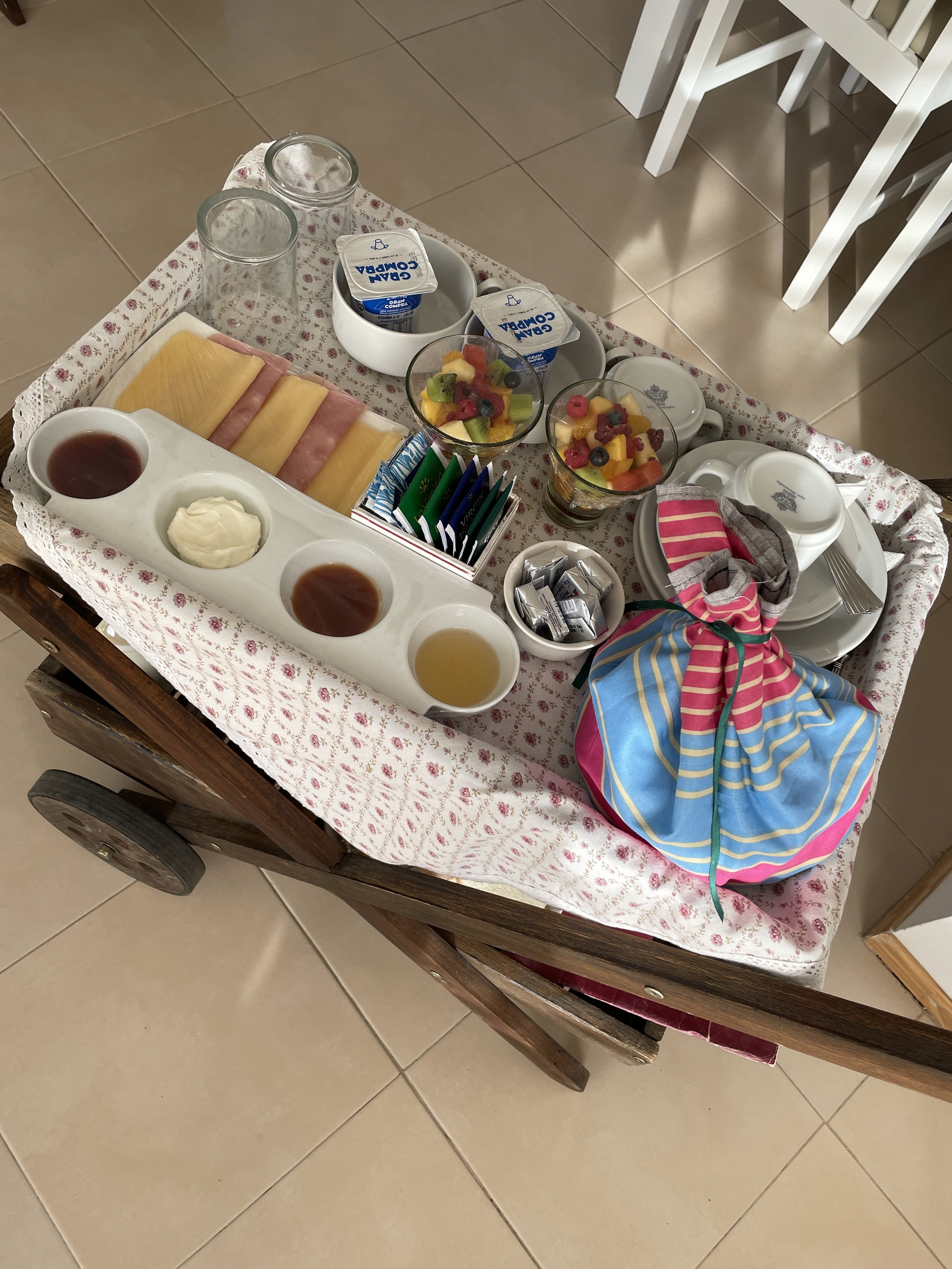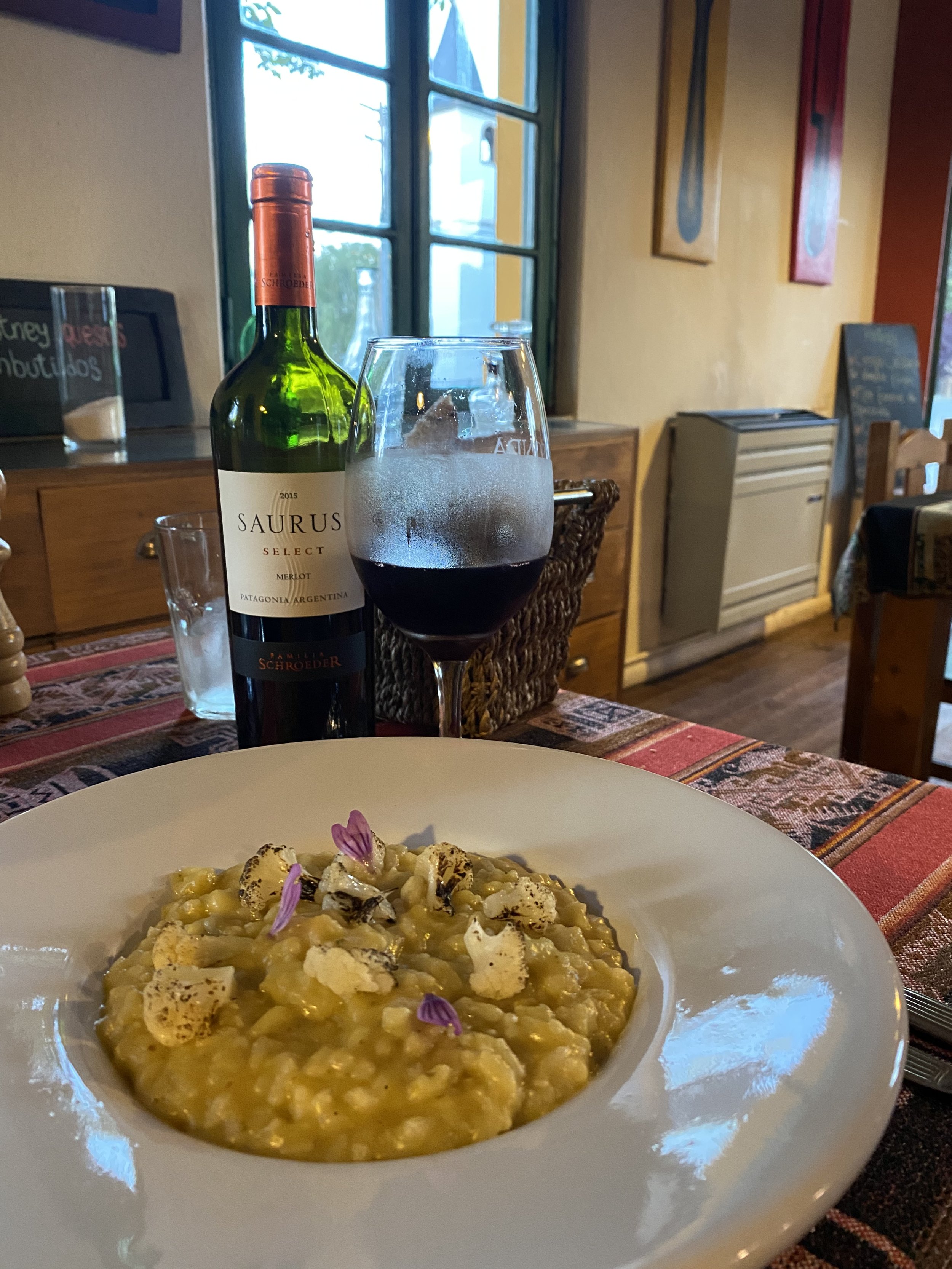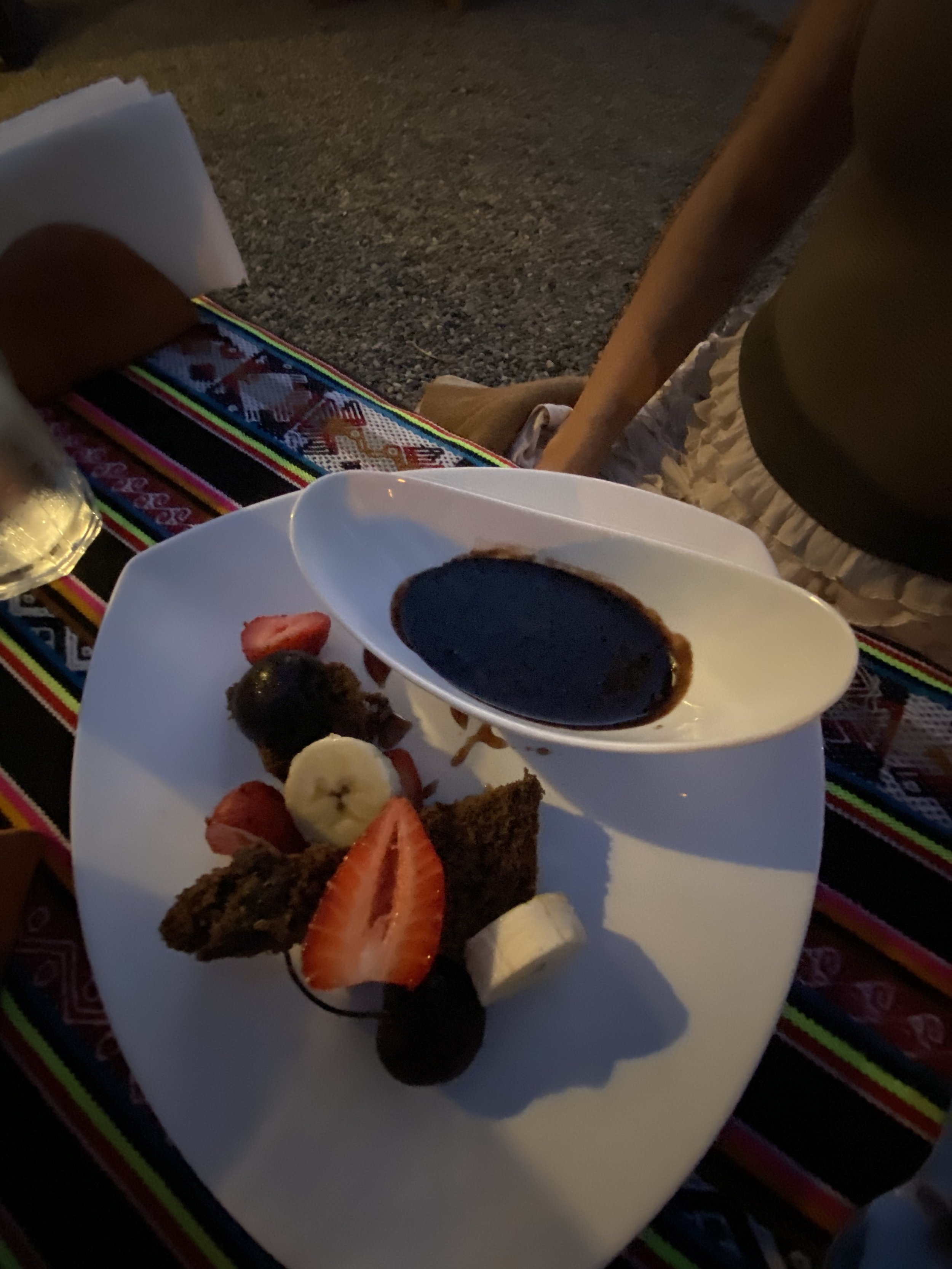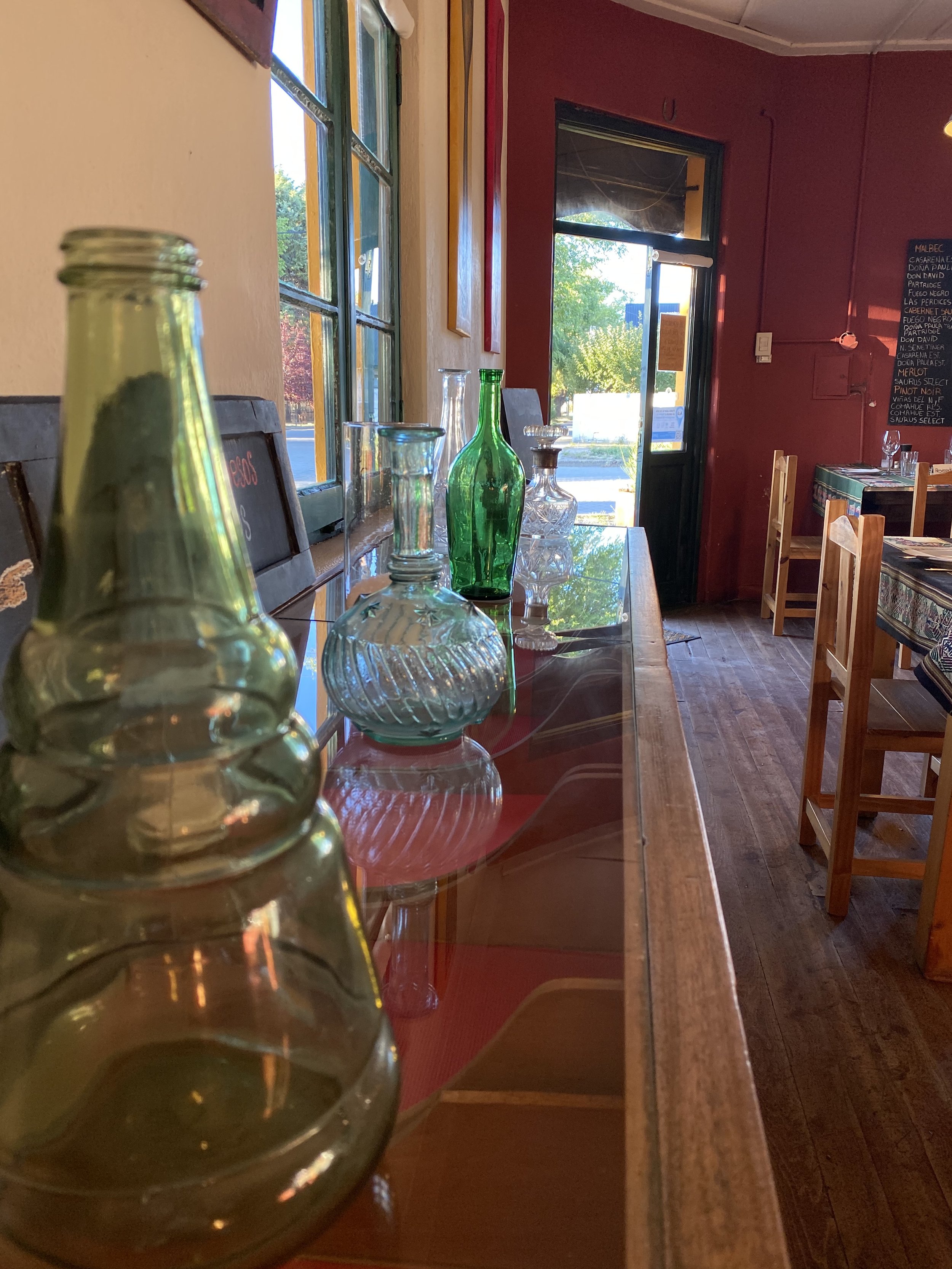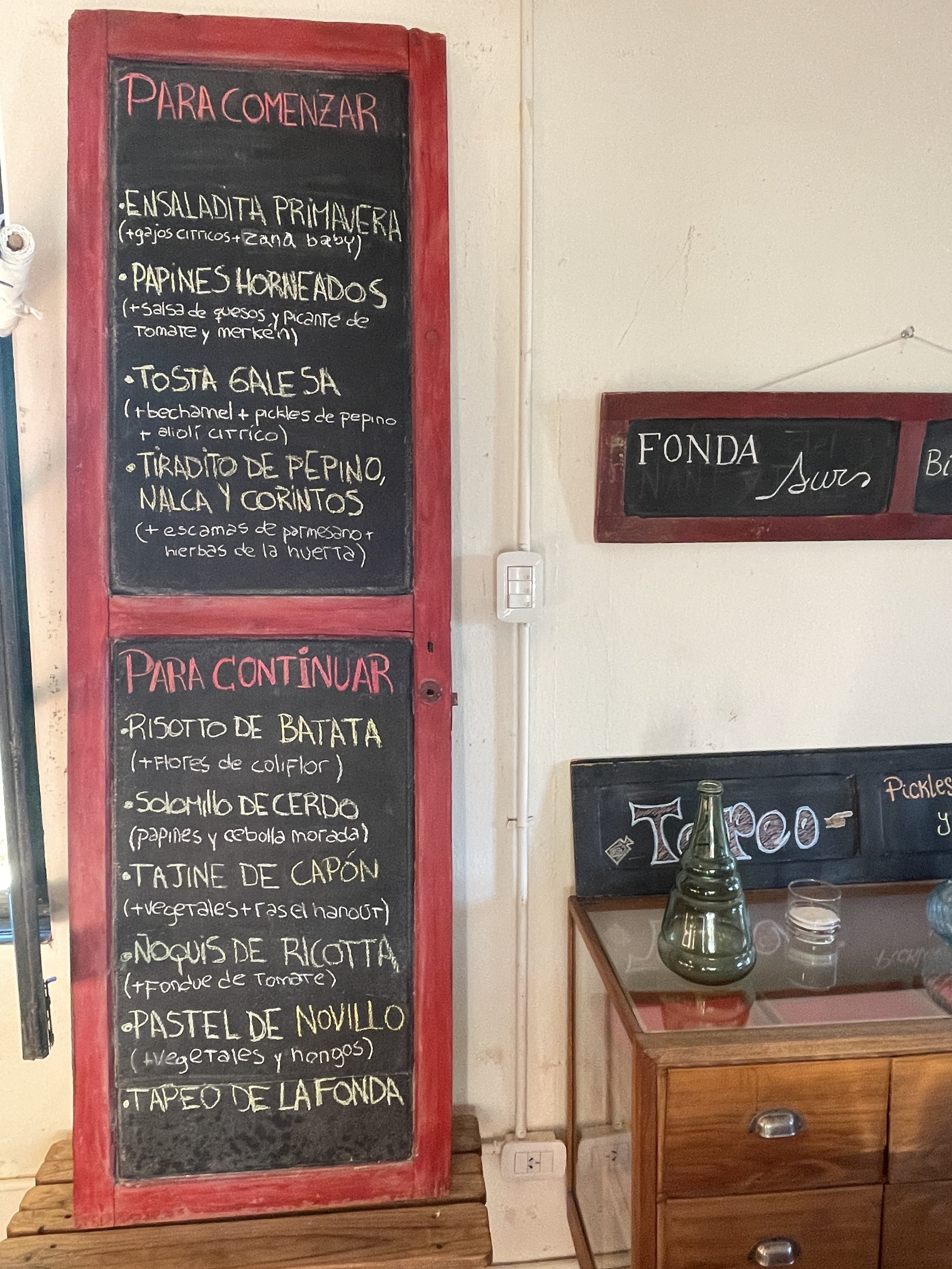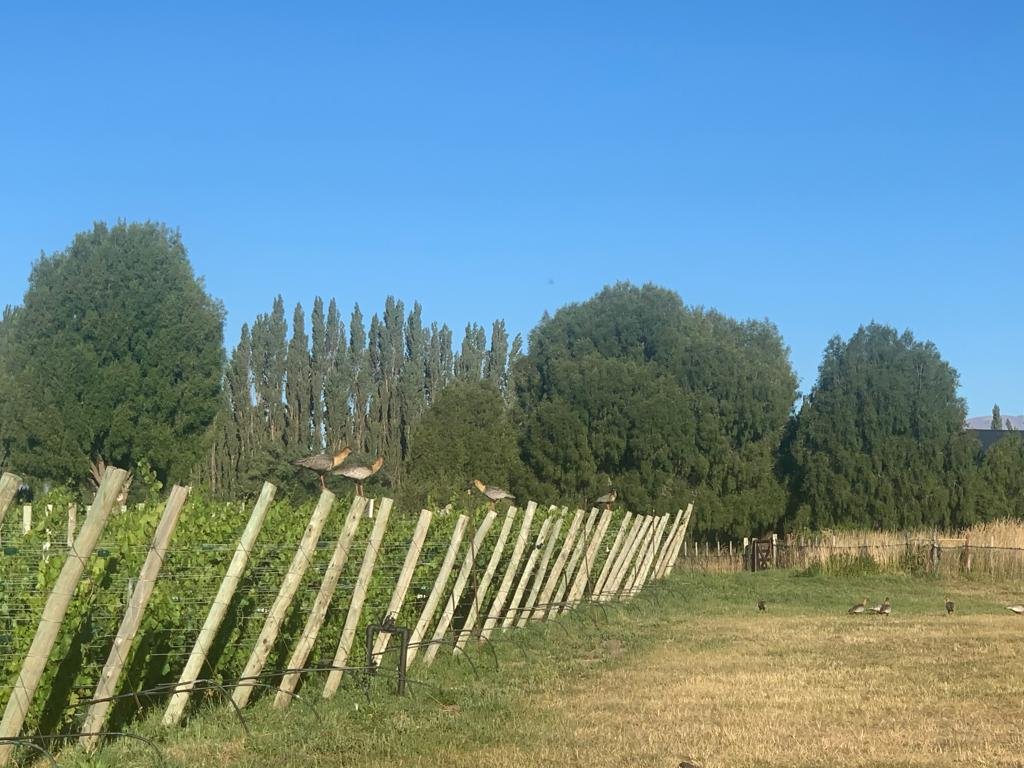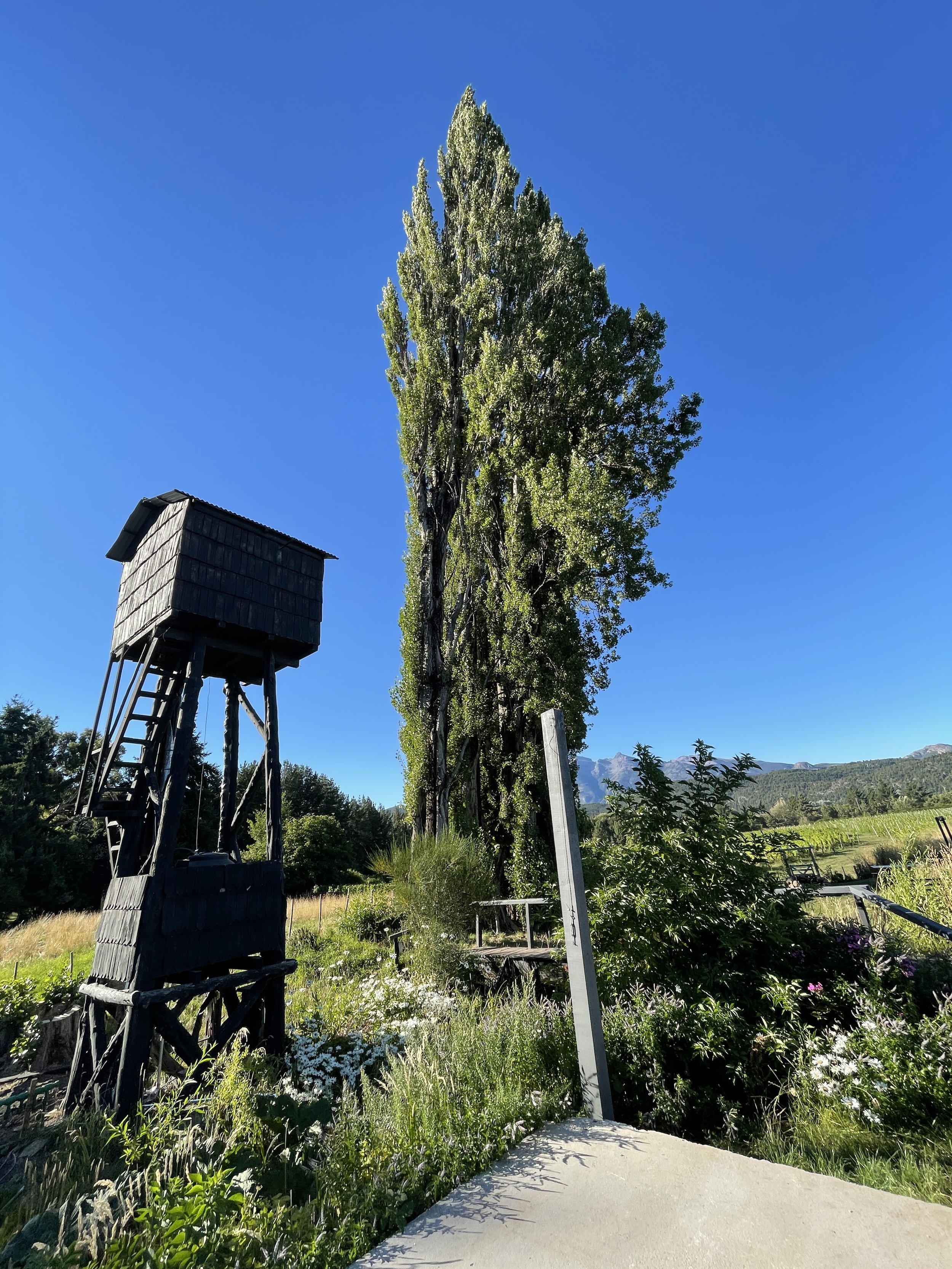Trevelin
Welsh traces in the SouthIt is a green oasis in the heart of Patagonia, today thriving thanks to one of the most significant Welsh communities settled in America at the beginning of the last century, and which still preserves many traces of those hard years. Discovering them implies becoming aware of the tenacity and courage of those immigrants.
Trevelin is spelled without an accent and should be pronounced as a flat word, that is to say, with the accent on the second "e". In Welsh it means "town of the mill", since that was the main occupation of its first settlers, although nowadays it is more related to tulips. It happens that bulbs of that particular bud are grown there, in various colors, so that during the month of October, when the flowering occurs, the field is dyed in colors under the radiant snows of the Andes.
The rest of the year Trevelin offers interesting, very interesting attractions. To honor the tradition, the two tea houses that show it in terms of delicious cakes and infusions are Nain Maggie and La Mutisia. An afternoon savoring the typical Welsh delicacies is undoubtedly an unmissable plan.
Another imposing treasure is preserved in the Regional Historical Museum, which is located in the old building of the Andes Mill. It contains a rich and charming testimony of the daily and rural life of the settlers, their integration with the original communities, their affectionate attachment with the native Wales and the honor commitment with Argentina.
It is admirable the excellent state of conservation of the agricultural machinery, of the daily belongings, of the typical clothes, of the valuable furniture.
Special attention was drawn by the watchmaker's certificate, the one-key typewriter -light and portable, almost like a tablet from the beginning of the century-, the first American industrial washing machines, the dentist's lathe, the gigantic Michigan threshing machine... just to name a few.
From the top floor, where temporary exhibits are mounted, there is also a nice panoramic view.
Without a well-defined center, the characteristic postcard of Trevelin is the red dragon "Y Ddraig Goch", symbol of Wales that welcomes the visitor to the "Cwm Hyfryd" (Beautiful Valley), in the round central square of entrance to the town.
A few kilometers before the access, in the Establecimiento Hisashi we find the most delicious cherries. Adolfo Kikuchi and his wife Norma decided a few years ago to plant cherry trees in the field they had acquired. Since then, they have been creating delicious flavors with their sweets. In addition to fresh cherries, the neat little store offers jams and jellies made from the fruit, as well as cherry and raspberry jams. The best part? The impressive chocolate fudge alfajores with a cherry heart.
Adolfo is of Japanese descent, and the name Hisashi is related to its origin, as it means that something has long life or permanence. We discovered their facilities by chance entering Trevelin. It was a hot siesta and we were welcomed by Norma, who had all the patience to answer our questions as we discovered something so innovative. Meanwhile, we were delighted with the delicious freshly harvested cherries, fleshy and bright red.
Another discovery was the visit to the small flea market. Those amazing mines where, with a shrewd eye and a quota of luck, great treasures can be found. In our case, an unopened bottle of 100-year-old "Gunther Wagner" ink. Martin, a hard rock lover with the look of a tough lumberjack but with an affable manner, was the one who sold us this little gem with the legend "Looks blue, turns black".
On the other hand, it must be said that the identity of the town of immigrants is gradually being lost; time, perhaps the increasingly massive tourism, are erasing that characterization so marked. And there are attractions whose staff is not up to the tourist escalation that Trevelin has experienced in recent years.
Thus, for example, the Nant Fach Flour Mill, on Route 259, on the way to the international border crossing with Chile, has the enormous merit of having put an old mill to work, as it did decades ago in a nearby field. Unfortunately, the tour's story, so contaminated with prejudices and historical ponderings without rigor, without contextualization, and adhering to the host's ideology, turned out to be a fiasco for us.
On the other hand, we had great expectations to visit the winery Viñas del Nant y Fall, whose labels are in vogue due to the high ratings of wine expert Tim Atkin. We had discovered their pinot noir at a dinner some time ago at El Preferido de Palermo and it was, in fact, one of the reasons to come to Trevelin. We also saw that they were located right next to the tulip field. But... the lack of cordiality in the attention of the winemaker overshadowed the visit.
Beyond these minor misfortunes, we liked Trevelin, and very much. We were able to find everything we were looking for.
Thus, on the way to Esquel we enjoyed the plains of the copper steppe. And despite the crowds, we had fun on the route offered by La Trochita, the Patagonian Express. Its current route goes as far as Nahuel Pan, a settlement of a few small houses and the first station of the historic southern train. We were fortunate to travel in the first class convoy and we could imagine what those long trips were like in the carriage with the softest seats, a stove for the cold winters and a latrine in the bathroom. All very distinctive of an era of greatness.
Another interesting stopover was Los Alerces National Park. In our case we arrived in Trevelin from Cholila along provincial route 71, so the park was on our way north-south. We walked along the trails to Puerto Chucao, admiring the emerald color of the waters of the Arrayanes River and the dense forest to see the star of the park, the alerce, a slender and elegant conifer. Not to mention the unparalleled view of the Torrecillas Glacier from the shore of Lake Gutierrez.
A parenthesis deserves Cholila, home of the National Barbecue Festival, with its cattle ranches in the green valleys. The sun setting after nine in the evening was quite an event before dinner at the town's dining room, La Casa de Lili, where we were treated to some mighty empanadas, baked meat and a giant glass of fresh raspberries with cream, simply unforgettable.
Cholila is also known for having counted among its first settlers the fugitives Butch Cassidy and Sundance Kid, the most wanted American thieves in the early 1900s. You can visit both the ranch where they lived, in the outskirts of the town, and the small museum La Legal, where a video about the bandits is projected and their passage through those latitudes is recreated. It also pays homage to Don Daher's old warehouse, where vintage objects stand out. One of the most curious was a debt claim in the form of a letter, in which the creditor "invited" the defaulter to pay with a memorable wording, typical of other times.
Returning to the Welsh village, we decided to stay in the extraordinary Suite Cuatro Vientos. It is a very advantageous proposal, as it has a flowery garden and a large and complete environment, in which besides the comfy bed, it has a fully equipped kitchenette and living room, highlighting the distinguished bathroom with its jacuzzi. The modern and subtle decoration complements the ideal lodging, as well as the complete breakfast served at the time of the guest's preference. One of the treats we enjoyed there was a glass of wine enjoyed under the stars.
A must is also Fonda Sur. Paula Chiaradía offers home cooking with a clear influence of the Welsh origins of the town. There is no fixed menu, but the cook designs it seasonally, using local products. On a corner, just in front of the church of the Immaculate Conception, in one of the oldest houses, this authentic fonda opens its doors, with only a few stalls available.
Paula deserved an award in the Prix Baron B contest, together with the Misiones native Saul Lencinas with his project Poytava and Florencia Rodriguez from El Nuevo Progreso. A visit is a must! Undoubtedly today it has become one of the main attractions of the town.
For us, Fonda Sur was also the completion of the trilogy of the Baron B Contest 2021. In addition to the excellent culinary experiences and the anecdotal of those awards, from each of those nights we enjoyed the talks with their respective chefs, always well disposed, and with their open and friendly waiters. In Trevelin, Paula told us about her life story and the project, her difficult beginnings and her love for Valle Hermoso.
As an extra treat, that night Chubut was unusually the hottest province in Argentina. In the old Welsh colony the thermometer registered 33 degrees at eight o'clock at night, so after the succulent dishes we opted to have dessert (nothing less than a chocolate fondue) at the little tables on the cobblestone sidewalk. It was there when we started a casual chat with Marcelo, a visitor from Córdoba, with whom we decided to share the after-dinner conversation.
It was so enriching to chat with this true Mr. Traveler (with capital letters) that it was impossible not to propose him to join us in our visit to another of the southernmost wineries in Argentina. The next day we had reservations for two places at Casa Yagüe.
The proposal of this establishment, located on the 43rd parallel, starts at seven in the afternoon with a tour of the first vineyards, all white grapes, which tolerate better the frost and the low Patagonian temperatures. This walk was accompanied by Mansa, the guardian dog, and some noisy bandurrias.
Then a short visit to the winery, where the owner and the winemaker were tasting a rosé with the new cabernet franc grapes, together with the pinot noir, already typical of southern Argentina.
This was followed by the banquet served right in front of the Trono de Nubes mountain range, better known as Cerro La Monja. The most memorable part of that night was enjoying those tremendous chardonnay and sauvignon blanc, together with chef Martín's proposals, sharing another captivating chat with Marcelo, one of those in which life stories are inspiring and moving. This chronicle is in honor of him, our new friend, with whom we hope to meet again in a next route, as in this Patagonian journey of flavors, landscapes and encounters.







